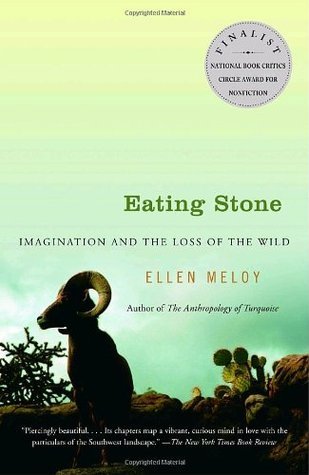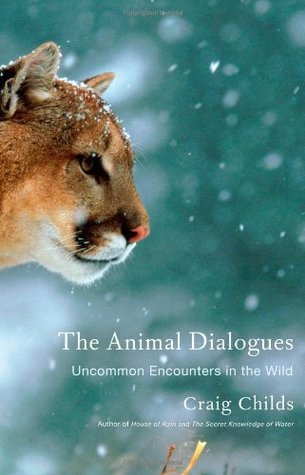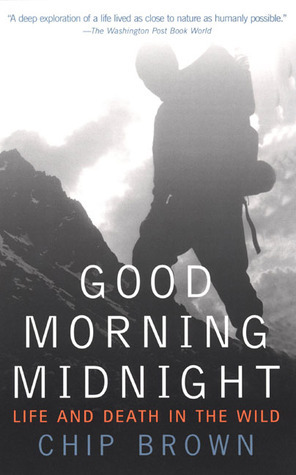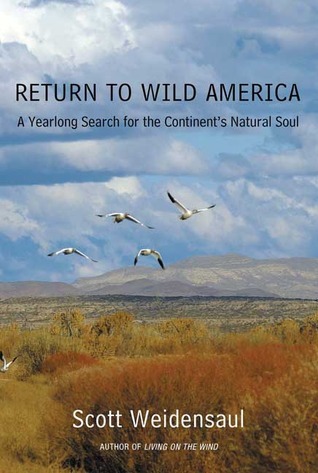
Eating Stone: Imagination and the Loss of the Wild
Book Description
A haunting ode to a world slipping through our fingers, "Eating Stone" weaves together vivid landscapes and ecological reflection in a gripping exploration of imagination and wilderness. Ellen Meloy paints a striking portrait of nature’s majesty and fragility, revealing how the allure of the wild is entwined with the profound loss we face in a changing world. As she delves into the depths of human connection to the earth, each page pulses with urgency, inviting readers to confront their own relationship with the untamed. What happens when the landscape of our dreams begins to vanish?
Quick Book Summary
"Eating Stone: Imagination and the Loss of the Wild" by Ellen Meloy is an evocative blend of memoir, natural history, and ecological meditation. Meloy chronicles her yearlong journey following desert bighorn sheep across the American Southwest, using these elusive animals as a lens through which to examine the complexities of wildness, imagination, and environmental decline. She combines lyrical prose and scientific inquiry, exploring how the wild both enchants and escapes us. As Meloy documents her intimate observations and the challenges faced by the bighorns, she reflects deeply on humanity’s increasingly fragile connection to wild spaces. The book becomes not only a celebration of nature’s resilience but also a lamentation for what is vanishing. Through personal stories, humor, and wisdom, Meloy urges readers to reimagine their engagement with the natural world and to confront the consequences of ecological loss.
Summary of Key Ideas
Table of Contents
The Intersection of Imagination and Wilderness
Ellen Meloy's journey begins with her deep fascination for desert bighorn sheep, creatures that embody the essence of the wild and inhabit some of the most remote and austere landscapes in the American Southwest. Her pursuit of these animals is immersive, requiring patience, reverence, and resilience. Meloy’s observations are not simply biological or behavioral; she reads the land and its inhabitants as layers of meaning, reflecting on the ways in which wild creatures shape the human imagination. The sheep become totems of both beauty and survival, their movements integrated with the rhythms of the land.
The Fragility and Majesty of Wild Species
Through this close attention, Meloy bears witness to the sheer majesty but also the extraordinary vulnerability of wild species. The bighorns, with their remarkable adaptations and epic migrations, represent the rich biological tapestry of the desert. Yet, their survival is continually threatened by habitat loss, climate change, and human encroachment. Meloy’s narrative moves fluidly between lyrical descriptions of animal behavior and scientific detail, illustrating how precarious the balance is for the creatures who still persist at the margins. Her prose often lingers on moments of awe and grief, underlining the urgent need for conservation.
Human Connection to the Natural World
Central to Meloy’s reflection is the human longing for connection to nature—a yearning often frustrated by the reality of separation and disappearance. She explores the ways in which imagination bridges these gaps; the wild becomes a locus for dreams, myths, and stories that define our sense of place. Meloy contends that as we lose access to truly wild spaces, our inner landscapes are diminished as well. She threads personal recollections with cultural history, showing how both individual and collective identities are intertwined with the fate of the land.
The Experience of Ecological Loss
The motif of loss runs throughout the book, echoing ecological realities. Meloy is acutely aware that to love the wild is to know heartbreak, as species vanish and familiar landscapes are transformed. Yet, in the face of loss, she resists despair. Instead, her writing inspires a deeper commitment to bearing witness and finding new forms of respect and responsibility. She prompts readers to confront uncomfortable truths about environmental degradation yet offers the solace of attentive, imaginative engagement with remnant wildness.
The Role of Storytelling in Conservation
Ultimately, Meloy argues that storytelling itself is a vital tool for conservation and transformation. By recounting her encounters with bighorns and her reflections on wildness, she invites readers to see, remember, and care. Her voice is both intimate and urgent, challenging us to value complexity, embrace uncertainty, and imagine new possibilities for coexistence. "Eating Stone" fosters an ethic of wonder and stewardship that transcends nostalgia, modeling a way to remain engaged as the wild world slips away.
Download This Summary
Get a free PDF of this summary instantly — no email required.





